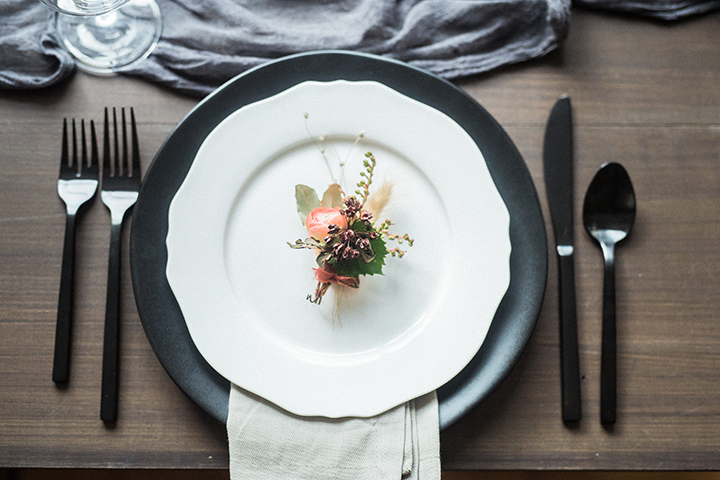For many caterers, pricing can be a sticky situation. On one hand, inflating your prices is a quick way to dissuade prospects from booking and, in some cases, even price yourself out of a market. Yet, you still need to make a profit, so underpricing is just as dangerous a move.
Finding the sweet spot for pricing and accounting for your cost of goods often means walking a fine line, but it’s necessary to remain competitive in your market and ensuring that your business brings in enough revenue to keep your budget in the black.
Throw a global pandemic into the mix and, suddenly, pricing becomes a much greater challenge. What can you do to recoup the losses from missed events this year? How will you factor in supply chain problems or the added cost of masks and other sanitary needs?
As weddings and live events begin to return, here’s what you can do to adjust your pricing in a fair and justifiable manner.
DO: Update Your Proposal.
Prior to 2020, you’ve likely relied on a proposal template that you’ve only had to adjust for minor changes in the market. This year, however, it’s important to re-evaluate every facet of your proposal to ensure that you’re effectively communicating the added parameters surrounding COVID-19.
This means including safety measures taken, but also any pricing changes that have been made in light of the pandemic. If you have added a surcharge for items like masks, gloves, face shields, and other preventative equipment, mark it clearly and be prepared to answer questions. While you’re at it, it’s also worth revisiting your postponement and/or cancellation clause to ensure it’s up-to-date with your latest policies.

Photo courtesy Amy Kolo.
DON’T: Raise Prices Without Reason.
It might seem easiest to raise your prices by an arbitrary percentage just to make up for the losses of 2020. However, you need to put more thought into it than simply pulling a number out of the air. Evaluate your cost of goods to determine what you need to break even, then estimate a few scenarios for your revenue in the months ahead. With all of the uncertainty of the pandemic, outline a best-case and worst-case scenario to provide yourself with a reasonable range of revenue needed to make a profit.
DO: Consult with Your Food Supplier.
Since the start of the pandemic, there have been food shortages and hitches in the supply line that have impacted us down-funnel. Although you may not have much control over the cost of your ingredients, building a strong channel of communication with your supplier will help you stay ahead of curve and be proactive in menu planning. You’ll be able to price your menus more accurately and, when possible, you may be able to find cost-effective alternatives based on updates from your supplier.
DON’T: Define a Minimum Cost.
While requiring a minimum invoice cost from clients seems like a good way to ensure you’re bringing in enough money, it can be counterproductive in a time where many guest lists are being cut significantly. You don’t want to lose business because the pandemic has forced your clients to reduce their head count and fall below the minimum cost.
Instead, Alan Berg, CSP offers this approach: “Price your weddings as ‘up to X guests’ instead of stating a revenue minimum. That way, if they lower their guest count below the minimum, the price remains the same.”
The catering companies that will make it through this pandemic will be the ones that adjust their pricing smartly and cut costs where possible. The road ahead is still unpredictable, but a few changes to your proposal and pricing structure can help you navigate the rest of this crisis with as much stability and solvency as possible.



